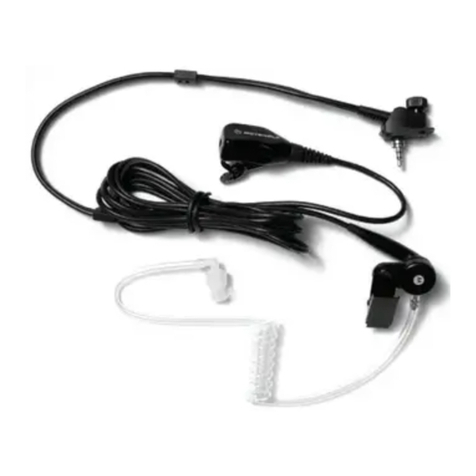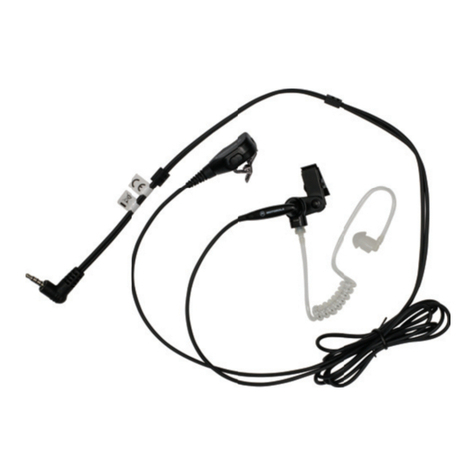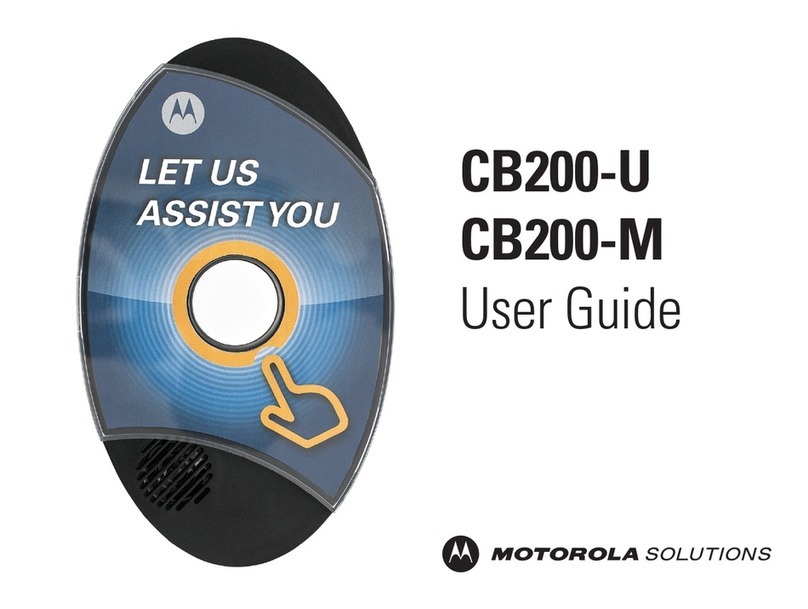
vi
English
FM Approved as intrinsically safe as Division 1, Class I, II, II.
Group C, D, E, F, G, T3C.
To maintain Intrinsic Safety approval, please follow the
following instructions:
Operational Cautions for Intrinsic Safe
Equipment:
•DO NOT operate radio communications
equipment in a hazardous atmosphere
unless it is a type especially qualified (for
example, FM,UL, CSA, or CENELEC
approved).
•DO NOT operate a unit that has been
approved as intrinsically safe product in a
hazardous atmosphere if it has been
physically damaged (for example, cracked
housing) to avoid unsafe condition.
•DO NOT charge unit in a hazardous
atmosphere.
Operational Caution:
•DO NOT disassemble an intrinsically safe
product in any way that exposes the internal
circuits of the unit. This could result in unsafe
condition in hazardous areas.
• Unauthorized modification, or incorrect repair
or service to the intrinsically safe product
could adversely affect the certification rating
and result in unsafe condition in hazardous
areas.
• Use of non-Motorola Solutions parts or
substitution of parts will void the intrinsic
safety approval rating of the Motorola
Solutions unit and could result in unsafe
condition in hazardous areas.
68012002053.book Page vi Wednesday, December 28, 2016 2:35 PM






























